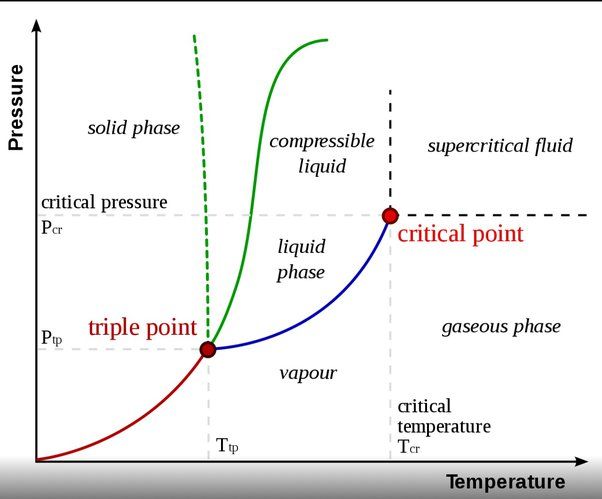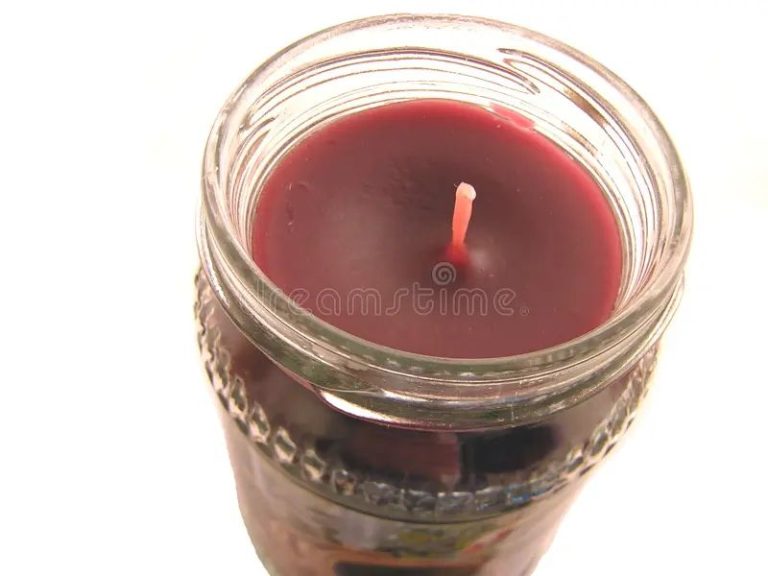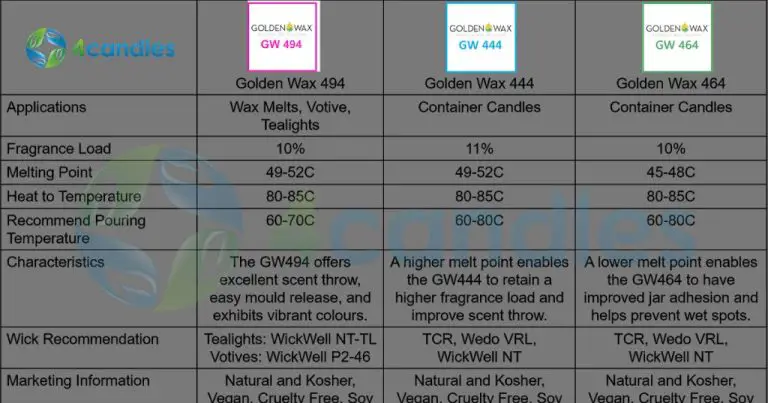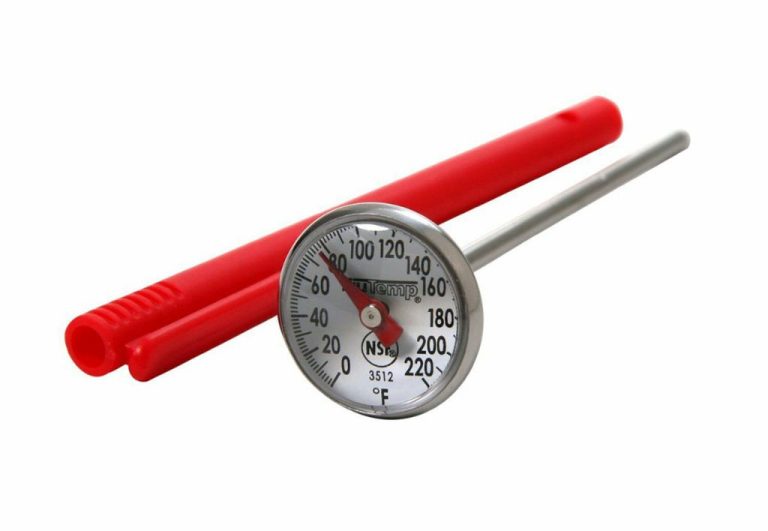What Kind Of Pot Do You Use To Melt Wax?
Melting wax is a common practice for making candles, wax melts, or other wax-based products at home. Using the proper pot to melt wax is crucial for safety and achieving the desired results. The pot material, size, shape, and features all factor into how well it can melt wax efficiently.
Choosing the right pot for melting wax helps avoid accidents from wax overheating or catching fire. It also prevents wasting wax that gets burnt or stuck to the sides and bottom of an improperly sized or shaped pot. Using a pot designed for melting wax makes the process easier and more successful.
Heat Source
When it comes to melting wax, there are two main heat source options – stovetop and electric melters. Stovetop melters utilize direct heat from your stovetop burner to melt wax in a pot or can placed directly on the burner. Electric melters use an enclosed heating element and are powered by electricity. They melt wax in a chamber away from the heating element, making them a safer option.
Stovetop melters heat up wax quickly and can reach higher temperatures than electric melters. However, temperature control can be more difficult with a stovetop melter. Electric melters provide more precise temperature control and most have multiple heat settings. They heat up a bit slower but can maintain a steady melt over time (source).
In terms of convenience, electric melters are self-contained units that can simply be plugged in. Stovetop melters require access to a stovetop burner. However, stovetop melters are often more affordable. Overall, electric melters provide better temperature control while stovetop melters offer quick heating.
Material
When it comes to melting wax, the material your pot is made from is an important consideration. There are a few common materials used for wax melting pots, each with their own advantages and disadvantages.
Metal pots, usually made from stainless steel or aluminum, are very durable and conduct heat well. This allows the wax to melt evenly and quickly. However, metal can get very hot to the touch and retains heat longer after taking it off the heat source. This makespouring melted wax tricky.
Glass and ceramic pots don’t conduct heat as well, but allow you to monitor the melting wax visually. They also cool down faster when removed from heat. However, glass and ceramic are prone to breaking if subject to rapid temperature changes or direct flames. Care must be taken when heating and cooling.
In summary, metal pots heat up quickly and evenly, but stay hot longer. Glass and ceramic pots are safer to handle but more fragile. Consider your needs for melting speed, monitoring the wax, and ease of pouring when selecting a material.
Size
How much wax you plan to melt at once determines the size pot you need. If making just a few candles, a small 1-2 quart pot is sufficient. For larger batches, use a 2-4 quart pot. Industrial operations melt pounds of wax, requiring giant commercial melters.
To calculate pot size, determine how many candles you want to make and the wax volume per candle. For example, to make 12 x 8 oz candles, you need 96 oz of wax. With a 2 quart (64 oz) pot, you’d need to do this over two smaller batches. A 4 quart pot could handle it in one go.
While you can always melt less wax in a bigger pot, small pots limit batch sizes. Overfilling risks boil overs and is dangerous. Leave room for wax to fully liquefy and mix additives (Candle Making FAQ). Consider your production rate and melt frequency when selecting pot size.
Shape
The shape of your melting pot is an important consideration when melting wax. The key factors to think about are surface area, height, and spout design.
A wider pot with more surface area will allow you to melt larger amounts of wax at one time. However, a pot that is too wide may also cause the wax to overheat along the edges. A taller, narrower shape is generally recommended for more even heating.
Make sure to select a pot with a pouring spout or lip to easily pour your melted wax into molds or containers. A spout with a built-in strainer will help filter out any debris. Look for a spout that is ergonomically positioned for easy pouring without the risk of spills.
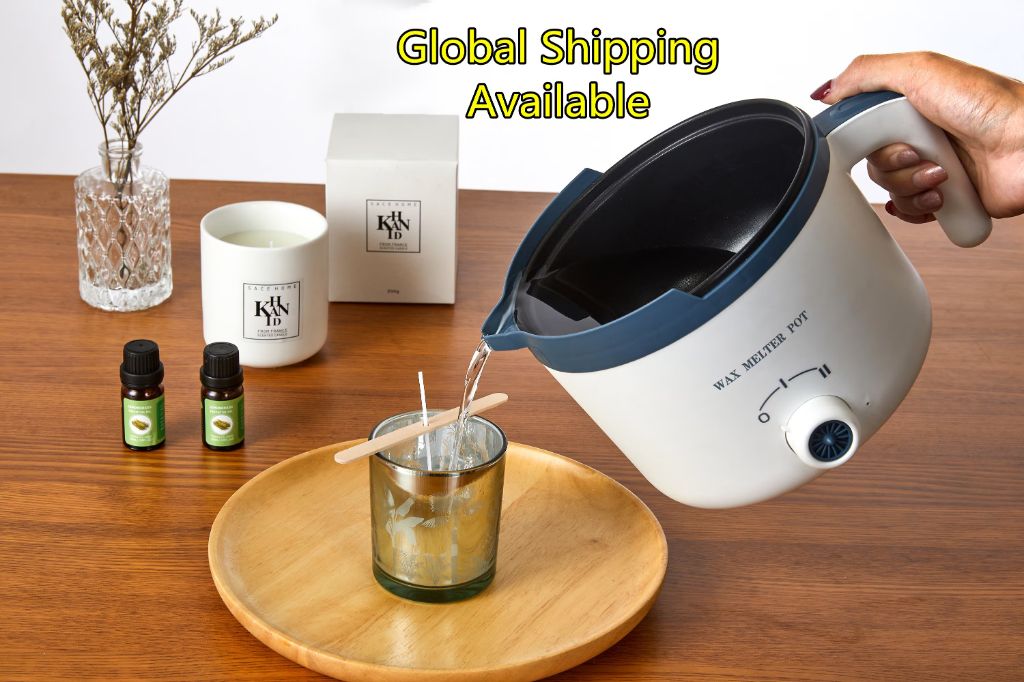
Optimal shapes are ones that promote efficient melting by fully immersing wicks and preventing hot spots, while also enabling smooth and drip-free pouring. Test different shapes to find one that best suits your wax melting needs.
Features
The features of a melting pot are crucial for safely and effectively melting wax. Some key features to look for include:
Pour Spout
A pouring spout allows you to neatly pour melted wax into molds or containers without spilling. The spout should be wide enough for good flow control. Look for a spout with a lid that can seal closed when not in use.
Handles
Secure handles on both sides make the pot easier to grip and pour. Heat-resistant handles that stay cool allow you to handle the pot safely when filled with hot wax.
Lid
A tight-fitting lid is important to retain heat and melt the wax efficiently. It also prevents wax from splattering or igniting. The lid should have an opening to allow you to check the melt temperature.
Brands
When it comes to the best brands for melting wax pots, there are several top options to consider. Companies like Yankee Candle, Scentsy, and Candle Warmers Etc offer high quality pots designed specifically for melting wax.
Yankee Candle is one of the most well-known candle brands and their wax melting pots come in a variety of styles, shapes, and sizes. Their lip/rim style pots sit atop a tea light candle to gently warm wax tarts or votive candles. Yankee also offers ceramic pots with light bulbs inside to melt wax.
Scentsy is a popular direct sales company that specializes in wax warmers and scented wax for home fragrance. Their melting pots are designed for use with their wax bars and Scentsy offers a wide selection of decorative warmer styles. Many feature interchangeable dish styles.
Candle Warmers Etc focuses solely on wax melting pots and warmers. They carry a diverse range of styles from traditional ceramic pots to lantern warmers, gel warmers, light bulb warmers, and more. Their products are affordable but good quality.
There are also generic unbranded wax melt pots available on sites like Amazon that come in basic styles but often for lower prices. Quality can vary more with these unbranded options, so sticking with top brand names can ensure you get a pot that will melt wax evenly and provide fragrance efficiently. Consider key features like auto-off for safety when evaluating brands.
Safety
When melting wax, it’s important to take proper safety precautions. Wax can reach extremely high temperatures, so it’s crucial to use caution when melting and pouring to avoid burns or starting accidental fires.
Always melt wax in a well-ventilated area and never leave a melting pot unattended, even for a minute. The wax can overheat rapidly and combust if not monitored constantly (Source). Keep wax melting pots on a stable, heat-resistant surface. Avoid drafts which could tip over the melting pot.
Keep children and pets away from melting wax, as they may accidentally knock over or interact with the hot wax. Use warning labels on your melting pots so others are aware hot wax is present (Source). When pouring, wear protective gloves and safety glasses in case hot wax splatters.
With proper precautions, melting wax can be done safely. Never leave a hot pot unattended, keep away children/pets, and use heat-resistant tools and surfaces.
Maintenance
Properly maintaining your wax melting pot is crucial for safety and performance. Here are some tips for cleaning, storing, and repairing your wax melter:
Regular cleaning keeps wax residue from building up and clogging components. Allow the pot to fully cool after use. Then wipe the interior with paper towels to absorb wax remnants. For stubborn buildup, fill with warm water and dish soap, let sit for 10 minutes, then scrub with a plastic brush. Rinse thoroughly. Refer to manufacturer instructions as well (1).
To clean the exterior, use a damp cloth to wipe away dust and smudges. Avoid abrasive cleaners or scouring pads that could scratch the finish. Check that electronic components are free of wax splatter (2).
Let all parts dry fully before storage. Keep your melter in a cool, dry place when not in use. Store upright with the lid closed to prevent dust and debris from getting inside (1).
For repairs, consult the user manual and manufacturer. Do not attempt to fix electrical issues yourself. Replace damaged cords immediately. Regular inspection ensures you catch problems early before they become safety hazards.
Summary
When selecting the right pot for melting wax, the key takeaways are:
- Choose a pot made of stainless steel, aluminum, or ceramic for even melting and easy cleaning.
- Select a pot that is 1-2 quarts in size to melt 1-2 pounds of wax at a time.
- Opt for a pot with a pour spout to easily pour melted wax into containers.
- Look for a pot with a thermometer to monitor wax temperature.
- Consider a double boiler style pot to provide indirect heat if melting wax on the stove.
- Invest in a high quality pot designed specifically for candle making for best results.
- Take safety precautions by never leaving melting wax unattended.
With the right pot, you’ll be able to efficiently melt wax for candle making or wax warming. Focus on even heating, easy pouring, and monitoring temperature when selecting your wax melting pot.


